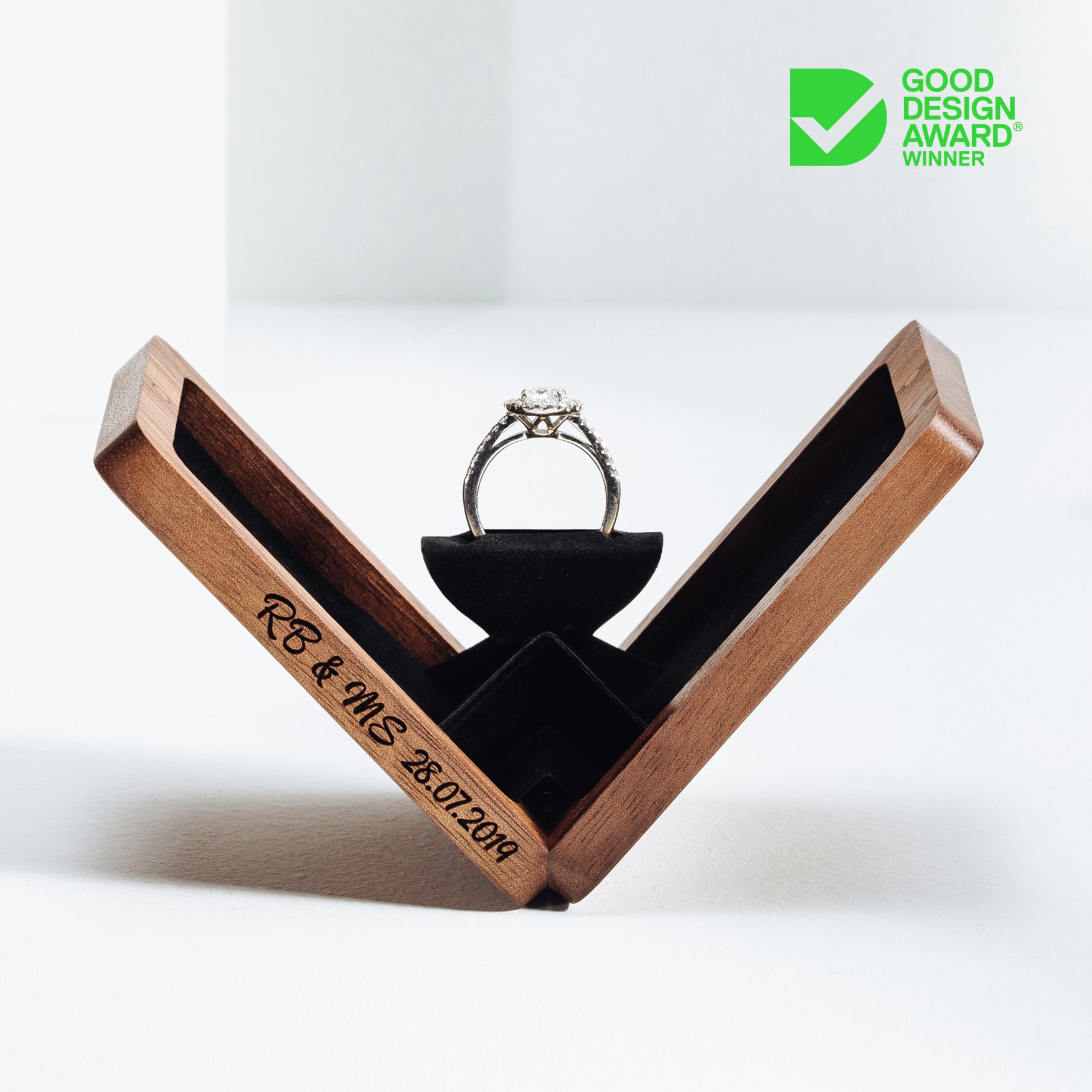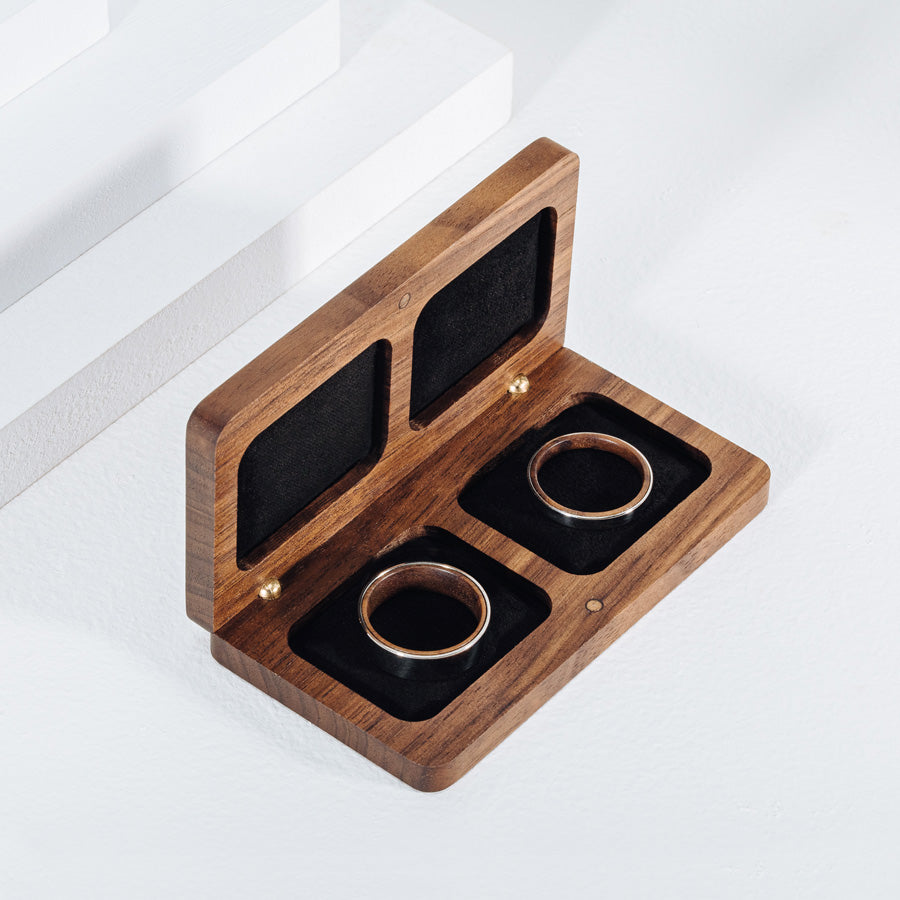The Golden Design Process
What is Design Thinking?
The process of solving a problem with a focus on empathy, the user and testing.
Why use Design thinking?
-
Design a product the user loves: By using empathy and focusing on the user the result is a product which meets their needs and desires rather than an irrelevant, complicated or overpriced product.
-
Save money and time: By utilising rapid prototyping and testing you can ensure no time is wasted designing a perfect prototype which doesn’t function with the user. A lot of people think that the first prototype needs to be perfect before testing. However, the issue with this is that they haven’t tested it soon enough which often means either a total redesign or pursuing a product which doesn’t quite meet the user’s needs, for example, the design of placing the freezer above the fridge. This combination of prototyping, testing, evaluating and repeat allowed us to create a product which is easy to use and meets the user needs.
“Design thinking is the core of our design process.” – Co-founder, Matthew
How we utilised Design Thinking process?
Empathy
We began with empathy, learning the pain points with existing solutions and setups. We did this through reading comments, observations and interviews. Here were our findings:
People who used a key ring:
- Scratches their phone
- Hard to find a specific key
- Noisy
- Holes in pockets
People who used a key organiser - these people were a lot happier with their new set up but still had some issues:
A leather key organiser like - Orbitkey:
- Painted edges were wearing
- Hard to get the right tension between keys
- The D ring slides up the side
- Metal screws are above the leather and still marks their phone
- Several loose parts.
A metal key organiser like - Keysmart:
- Screw unwinds and needs tightening every couple of weeks
- Stiff in your pocket
- Quite heavy
Define
Using this feedback, we defined user needs.
A key organiser which:
- Totally protects their devices
- Uses quality materials
- Simple in design with limited loose parts.
- A secure locking mechanism while still allowing for tension adjustments between keys
- A secure D ring which doesn’t interfere with the keys
- Great aesthetics.
Ideation
We then brainstormed lots of ideas over the next few days, remember that no idea is silly. We both carried around a notebook so we could record any lightbulb moments or ideas. It often helped to walk and talk stimulating the brain to think of new ideas. From here we designed prototypes to test. This stage is often revisited during both the prototyping and testing stages.
Prototyping
We drew all the parts on Inventor then 3D printed them on our Prusa i3. Having a 3D printer is worth its weight in gold in this stage of the design cycle. Once the parts were printed, we cut out some leather and assembled the first prototype. It wasn’t very pretty, however, the important part in prototyping is creating a rapid solution which tests a hypothesis or assumption. Just like testing in a science lab, it is often beneficial to test one variable at a time to help with the evaluation.
Testing
Putting our prototypes to the test we gave them to friends and strangers. Taking notes while they were using the product and then asking questions after. We got a lot of valuable information from the user including, the need for fitting a range of keyholes, keeping the profile thin, easy locking mechanism, allowing it to fit at least 7 keys.
In the beginning, this section was very hard for us and other designers due to the fact you feel any criticism is a direct reflection of you. However, putting up walls and defending your design is the worst thing you can do in this stage. You are there to show empathy, understand the user and improve the design. A final part of advice for this section is to focus on observations because this is where you learn things you haven’t considered.
Evaluate and Repeat
At this stage, we learned what didn’t work well, what customers liked and then repeated the cycle again and again. The speed at which you can perform this cycle varies on the project. However, where possible become quicker and quicker adding more and more iterations to develop a more refined product.
We hope this article helps some new up and coming designers!





